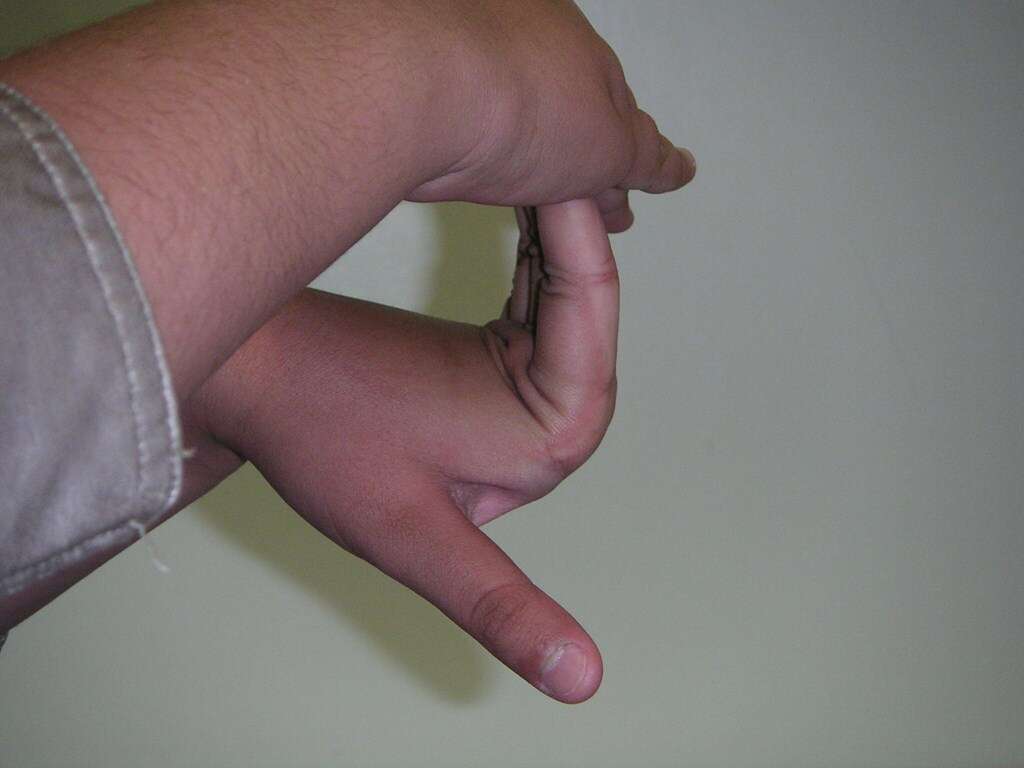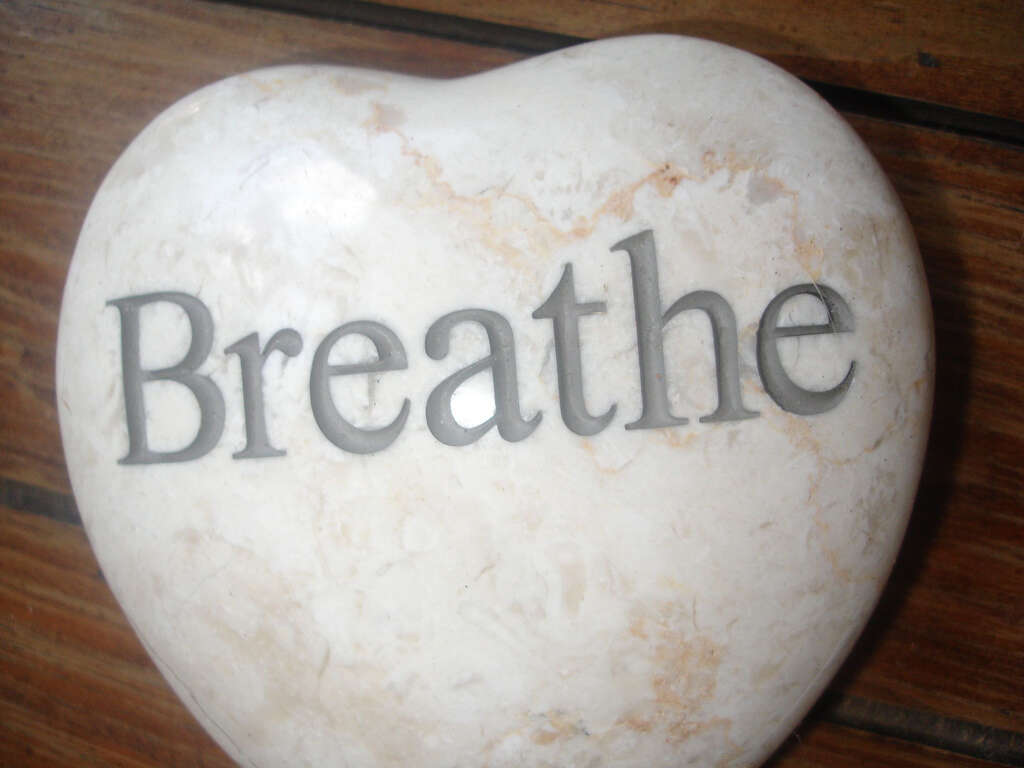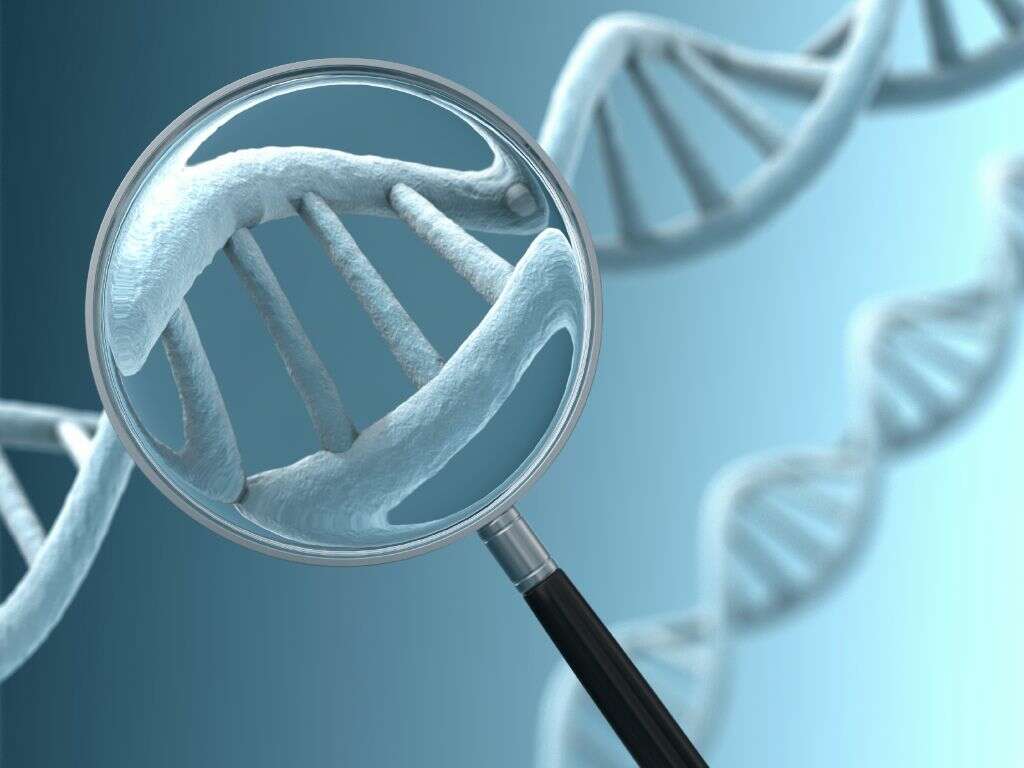10 Symptoms of Marfan Syndrome
Marfan syndrome is a genetic condition that affects the connective tissues in the body. The severity of how each individual is affected varies. Marfan syndrome is an autosomal dominant condition where the inheritance of one allele expresses the phenotype. In 75% of Marfan syndrome cases, the condition is due to the inheritance from a parent while the other 25% is attributed to a new mutation. The diagnosis of Marfan syndrome can be made based on the Ghent criteria. There is no known cure for Marfan syndrome. However, most patients are able to lead a normal life expectancy if they receive proper treatment.
Marfan syndrome is often managed using beta blockers (such as atenolol and propranolol), calcium channel blockers, or angiotensin converting enzyme (ACE) inhibitors. Depending on the severity of the condition, surgery may be necessary to replace a heart valve of repair the aorta. Strenuous exercise should be avoided. It is estimated that approximately 1 in every 5,000 to 10,000 people have Marfan syndrome. The rates are similar between genders, races, and different regions of the world. The condition is named after a French pediatrician, Antoine Marfan, who first described it in 1896.
Symptom #1: Scoliosis
Scoliosis is a condition where the spine is curved sideways and can appear to look like an “S” or “C” shaped curve. While mild scoliosis does not usually cause issues, severe cases of scoliosis can lead to breathing difficulties. It can occur in many conditions such as cerebral palsy, neurofibromatosis, muscle spasms, Marfan syndrome, and more.
The treatment of scoliosis depends on the underlying degree of spine curvature, location of curvature, and cause. Minor cases are managed through watchful observation and may involve bracing. Advanced cases will require surgery.
Symptom #2: Pectus Excavatum
Pectus excavatum is the abnormal indentation of the sternum. It is a congenital deformity that occurs on the anterior wall of the thorax where the sternum and rib cage grow inwards leading to a caved-in or sunken appearance. It can be present at birth or develop gradually.
Pectus excavatum can lead to impairment of cardiac and respiratory function. It can also cause pain in the back and chest. Many individuals with this condition tend to avoid activities that expose the chest as they may experience negative psychosocial effects.

Symptom #3: Pectus Carinatum
Pectus carinatum or also known as pigeon chest is the protrusion of the chest. It is a malformation where the sternum and ribs protrude outwards in contrast with pectus excavatum. Individuals with pectus carinatum often have normal hearts and lungs but the condition often prevent them from functioning at their optimum.
Since the chest wall is held rigidly in an outward position leading to inefficient respirations and necessity of increased efforts during respiration. This decreases stamina and negatively affects gas exchange. Individuals with pectus malformations tend to tire faster compared to their peers. It can also have a negative psychological impact.
Symptom #4: Abnormal Joint Flexibility
Abnormal joint flexibility or hypermobility of the joint describes the ability of some individuals who have joints that can stretch further than normal. For example, some may be able to bend their thumbs backwards to touch their wrists while some can put their leg behind their head, and more. Hypermobility can affect more than one joint in the body.
It affects about 10 to 25% of the population. Conditions such as Ehlers-Danlos syndrome and Marfan syndrome can lead to joint hypermobility syndrome that causes hypermobility of joints, joint pain, instability, dislocation, swelling, and back pain.

Symptom #5: High Arched Palate
A high arched palate describes where the palate of an individual appears to be unusually narrow and high. It may be associated with several conditions such as Crouzon syndrome, Apert syndrome, Down syndrome, incontinentia pigmenti, Treacher Collins’ syndrome, and Marfan syndrome. It can also develop if there is chronic thumb sucking in childhood.
Having a high arched palate can lead to issues such as sleep disordered breathing and narrowed airways. It can also lead to narrow jaws which causes dental and orthodontic issues. In children with Marfan syndrome, orthodontic care is an important part of management. Patients with Marfan syndrome are also at risk for endocarditis after dental work and should therefore be given endocarditis prophylaxis.
Symptom #6: Partial Lens Dislocation (Subluxation)
Patients with Marfan syndrome can experience issues with their eyes. One of the main issues is partial lens dislocation where the lens of the affected eye shifts out of the normal position. Partial lens dislocation occurs as there is weakness in the ciliary zonules (also known as the suspensory ligaments of the lens, which is a ring of fibrous strands that connects the ciliary body to the lens of the eye).
The mutations in Marfan syndrome causes the stretching of the ciliary zonules. The subluxation can be detected in 80% of patients using a slit-lamp biomicroscope or imaging with high resolution ultrasound. Other issues with the eyes include strabismus, esotropia, exotropia, and corneal flatness.

Symptom #7: Heart Murmur and Cardiovascular Issues
A heart murmur is a sound that is produced when there is abnormal blood flow through the heart valves. In Marfan syndrome, the heart valves (especially the mitral valve) are affected. The most common valve issue in Marfan syndrome is mitral valve prolapse. This is where the leaflets of the valve become floppy and unable to close tightly, leading to backflow through the valve. This causes the heart to work harder which causes fatigue, breathlessness, and palpitations.
Eventually, the heart may enlarge leading to heart failure. Another potential issue is the dilation of the aortic root causing the aortic valve to stretch and leak. Arrhythmia can also occur in some patients.
Symptom #8: Fatigue and Shortness of Breath
Fatigue is defined as a feeling of tiredness with gradual onset. It is usually alleviated by rest. Fatigue is a non-specific symptom that can be caused by many conditions. Shortness of breath or dyspnea refers to difficulty breathing. In Marfan syndrome, patients may experience fatigue and dyspnea due to cardiovascular issues.
Mitral valve prolapse or aortic regurgitation is often observed among those with Marfan syndrome. This reduces the efficiency of the heart to pump oxygenated blood to the rest of the body leading to fatigue and breathlessness.

Symptom #9: Respiratory Issues
Patients with Marfan syndrome can have issues with their lungs. Some of the common issues are spontaneous pneumothorax, restrictive lung disease (RLD), emphysema, asthma, and sleep apnea. Spontaneous pneumothorax is the collapse of a lung without any cause. Patients will experience breathlessness, acute chest pain that worsens with breathing or coughing, and dry cough. RLD occurs in 70% of those with Marfan syndrome. It does not allow the full expansion of the chest making it hard for the body to obtain the necessary amount of oxygen.
There is difficulty breathing, coughing, wheezing, and chest pain during mild exertion. Emphysema is a condition where there is enlargement of the air spaces, obstruction, and inflammation of the lungs. It is seen in 5 to 10% of individuals with Marfan syndrome.
Symptom #10: Dural Ectasia
Dural ectasia is the weakening of the connective tissue of the dural sac that encases the spinal cord. It can be asymptomatic or cause vague issues such as lower back pain, abdominal pain, leg pain, headaches, numbness, rectal pain, genital pain, urinary retention, incontinence, bowel dysfunction, and bladder dysfunction.
On imaging, it can be seen as the widening of the dural sac and most commonly occurs in the lumbosacral region where the cerebrospinal fluid pressure is the highest. It is aggravated by upright posture and can be relieved by lying down. It occurs in 63 to 92% of those with Marfan syndrome.










